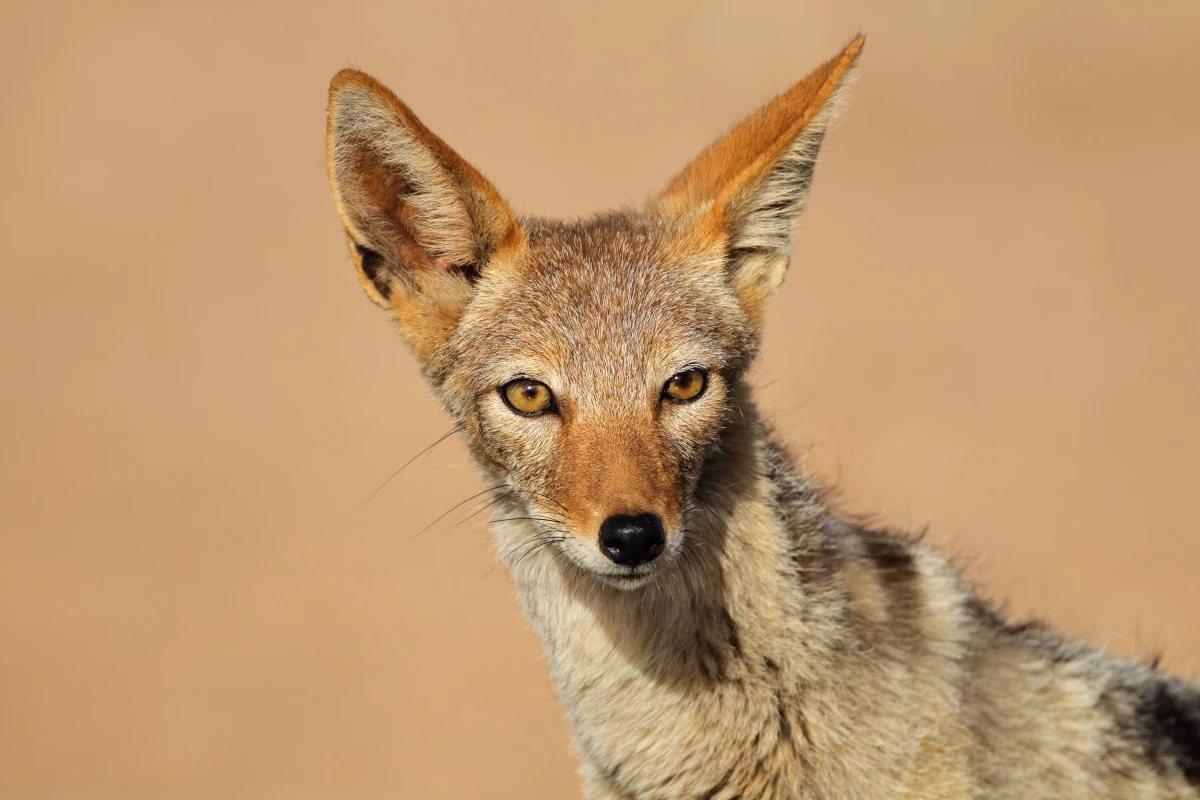More than a third of large animals that feast on dead animals are struggling to survive, and a new report from scientists warns that their downfall could present a serious risk to human life, with an uptick in zoonotic disease spread as a result.
Stanford University researchers analyzed the data on 1,376 vertebrate scavenger species, and found that 36% are now considered threatened or declining. And the decline is disproportionately higher for apex scavengers – larger animals that primarily eat carrion, or decaying animal remains.
This means that without those efficient high-food-chain scavengers that act as the animal kingdom's clean-up crew, we're likely to see a rise in the type and frequency of zoonotic diseases that cross over to humans.
“The evidence we found is very clear,” said senior author Rodolfo Dirzo, a professor of biology at Stanford’s School of Humanities and Sciences. “Scavengers are in decline, but it’s not homogeneous. It is particularly the large and specialized ones. At the same time, this allows space for the smaller scavengers, which are problematic because they are themselves sources of zoonotic diseases. They are also not capable of compensating as they cannot consume as much carrion.”
The "specialized" scavengers are known as obligate scavengers, like vultures, which have a diet primarily consisting of carrion (while facultative scavengers, like some corvids and gulls, supplement their foraging with it). Without the larger obligate scavengers around, smaller animals like rats and feral dogs thrive – and they're more convenient vectors for zoonotic disease transmission.
What's more, how we view scavengers – as dirty, diseased, ugly and a pest around livestock – has played a big part in their downfall. Vulture populations are being decimated through poisoning to keep birds from farms and to prevent alerting authorities to illegal poaching activities.
Much like how the eradication of wolves in Yellowstone National Park saw mule deer numbers explode, which then stripped vegetation and saw the loss of many species including beavers, knocking out apex scavengers upsets a balanced ecosystem. (The reintroduction of wolves has now seen beavers return to the national park.) Most biodiversity studies focus on categories of animals such as birds, or the decline of a specific species. Stanford biologists stress that rapid decrease in a "functional group" – aka large scavenging species – could be even more detrimental.
“We’re starting to understand exactly how we depend on each individual species,” said first author Chinmay Sonawane, a doctoral student in Dirzo’s lab. “I think as we become more aware of these connections, we're going to be more inclined to protect these species, because, in turn, we are ultimately protecting our health.”
The researchers identified a broad range of mammals, amphibians, fish, reptiles and birds that survive solely or partially on a diet of carrion. The list included famous flesh-eaters like vultures, as well as lesser known scavengers, from great white sharks to pond turtles. They then used the global bible of biodiversity, the International Union for Conservation of Nature’s Red List of threatened species and other databases and existing studies to assess the animals’ population status and ecological roles
Further investigation found a surprising trickle-down effect of the loss of the apex scavengers. In India, a "collapse" of vulture populations through the 1990s has allowed a surge of feral dogs, resulting in an estimated 39 million more dog bites and 48,000 rabies-associated human deaths between 1992 and 2006. (A veterinary medication used on livestock was poisoning vultures, and since its ban, vulture numbers have bounced back.)
In 2021, research found that spotted hyenas (Crocuta crocuta) in Mekelle, Ethiopia "cleaned up" around 200 tons of livestock waste per year, preventing an estimated five spillovers of anthrax and bovine tuberculosis to humans and 140 outbreaks in livestock.
And while the loss of scavengers is a global problem, it's not just something that impacts low- and middle-income countries. In 2022, scientists warned that the sharp decline of the Tasmanian devil (Sarcophilus harrisii) in southern Australia, largely due to Devil Facial Tumour Disease (DFTD) and habitat disturbance, would increase the risk of carrion-born pathogens circulating. Another study, this one cited by the Standford team, noted how eagles and other scavengers curbed brucellosis infections in Wyoming elk (Cervus canadensis), by disposing of the remains of the infected animals' miscarriages. Bbrucellosis, a zoonotic bacterial infection that presents with flu-like symptoms, can easily pass to humans via direct contact with, or consuming raw dairy products from, infected animals.
It won't be a surprise to find that the reason for the loss of these apex scavengers is what's impacting a lot of larger species – habitat loss, intensive agriculture and the wildlife trade – yet they're also suffering in the court of public opinion.
“There is this prejudice that these scavengers – vultures and hyenas and the like – are nasty animals and that we should get rid of them, but they are important not only for the functioning of ecosystems, but also for human well-being,” Dirzo stressed.
Better policy-making that gives these declining species a bit of breathing space to recover – such as habitat and poaching protection – would go a long way to rebuilding populations. And ways to better understand how valuable they are to human health should also be a focus, according to the researchers.
"Vertebrate scavengers play a critical role in ecosystem functioning worldwide," the researchers noted. "Through the cascading effects of their ecological role, scavengers can also alleviate the burden of zoonotic diseases on people. This importance to human health fuels a growing need to understand how vertebrate scavengers and their ecosystem services are faring globally in the Anthropocene."
The study was published in the journal the Proceedings of the National Academies of Sciences.
Source: Stanford University





